 One way to think about abstraction and composition is to study a picture in terms of form. Many images - whether photographs or scenes from real life - are complicated by detail. An aspect of thinking abstractly involves reducing a picture to its most important forms.
One way to think about abstraction and composition is to study a picture in terms of form. Many images - whether photographs or scenes from real life - are complicated by detail. An aspect of thinking abstractly involves reducing a picture to its most important forms. In this image, there are three dominant and individual forms: the large flower and mass of green leaf, the smaller bud and stalk of green attached to it, and the orange wall.
The wall counts as a form, even though many people would only see it as background. The wall is the negative space and this part of a composition isn't always recognized as valuable. But the positive elements of a picture have to react to something - to some background. A strong color like orange, or patterning and texture, make a background more interesting, and increase its contribution to the composition.
If I wanted to explore this still life's potential as an abstract composition I could cover it with tracing paper, and trace the outlines of the three main forms. Transferring the line drawing to paper or cloth would allow me to paint in the shapes; formalizing the basic compositional structure. There would still be issues to consider - balance, and certainly color. Reducing this picture to three elements removes the gorgeous texture and pattern that made it a successful photo. Color selection and application would be critical in order to translate it into an equally successful abstract image.
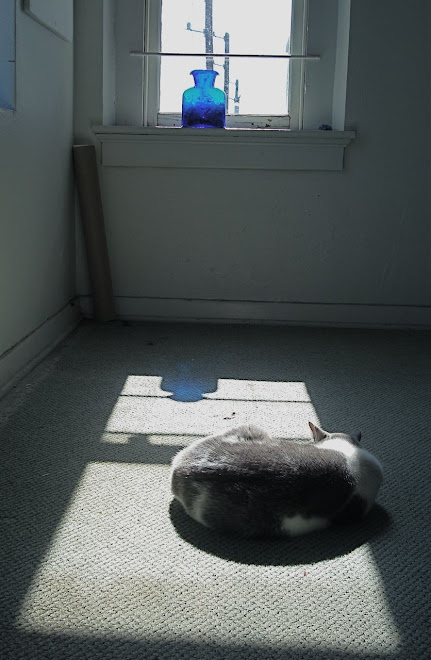
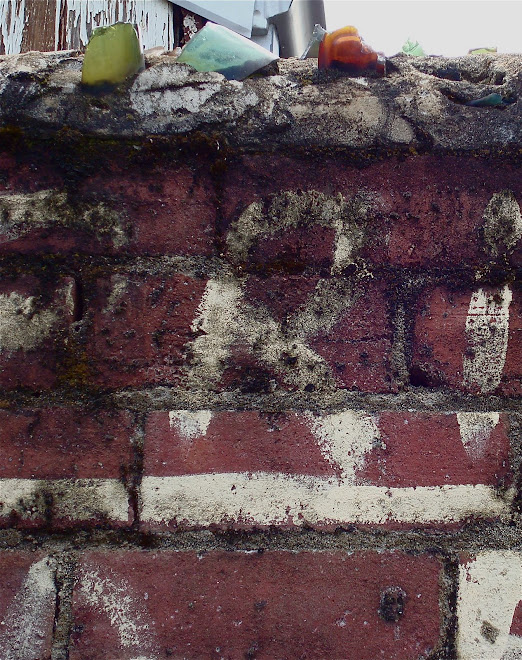
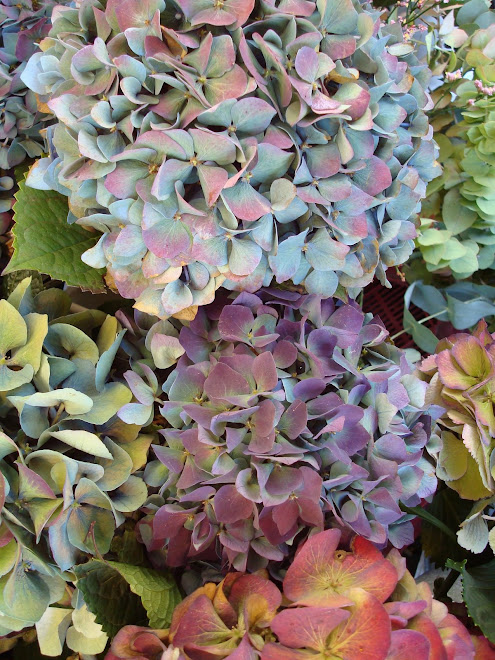
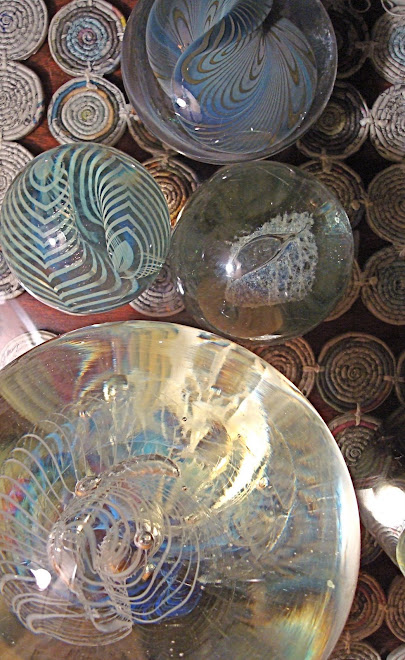
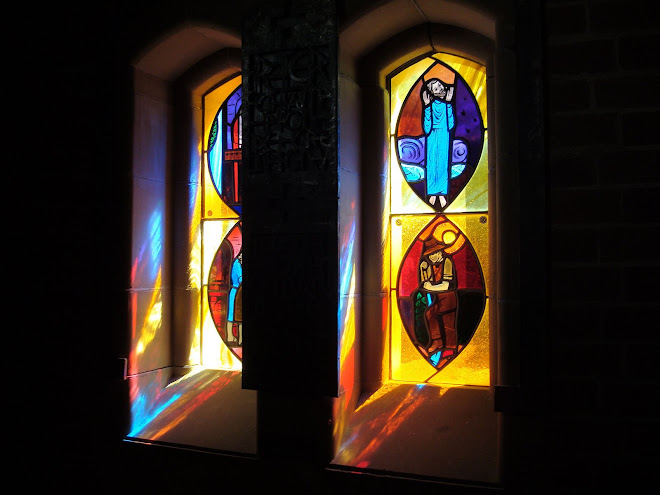







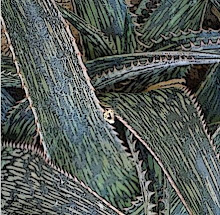
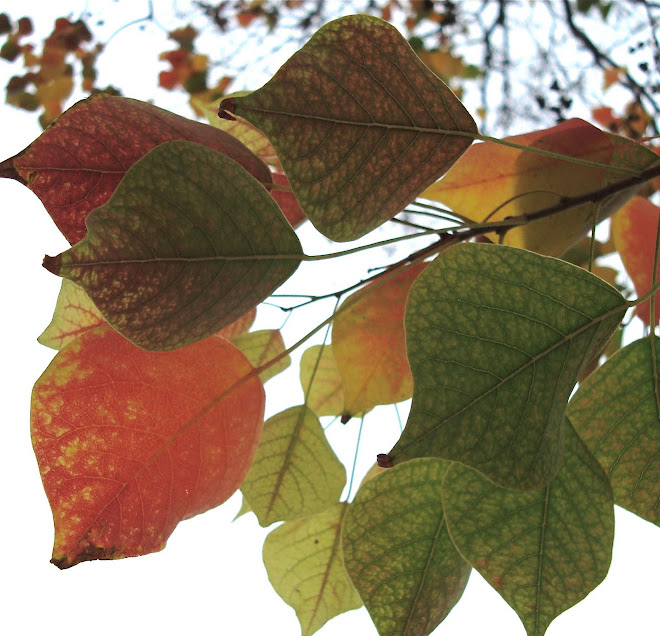
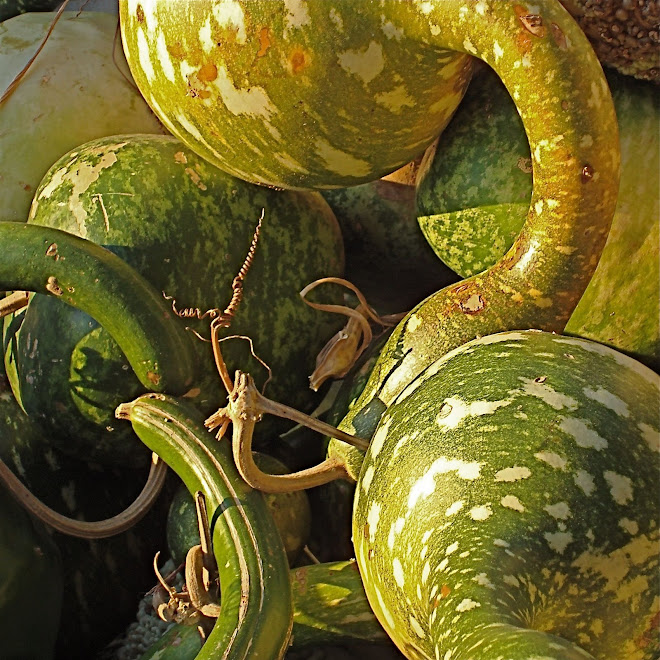
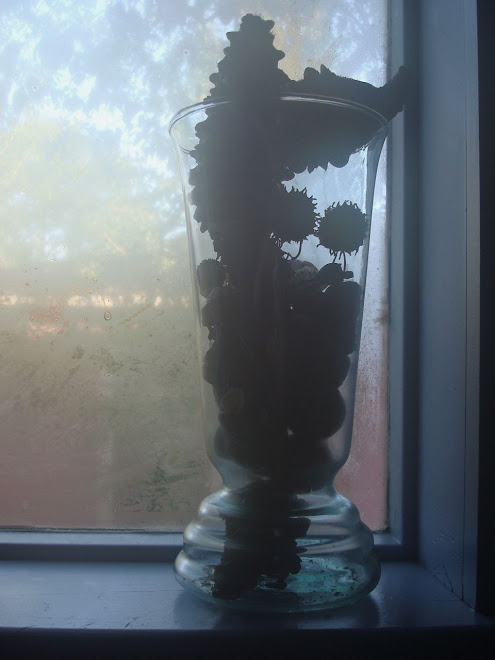
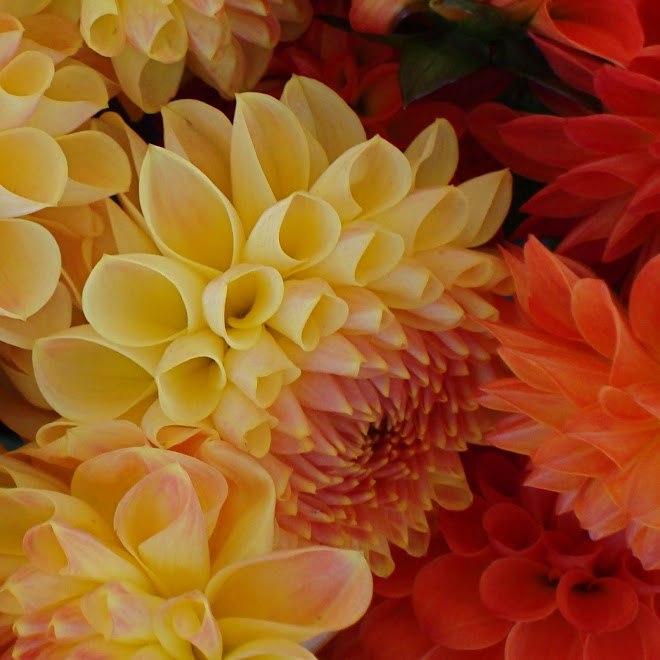
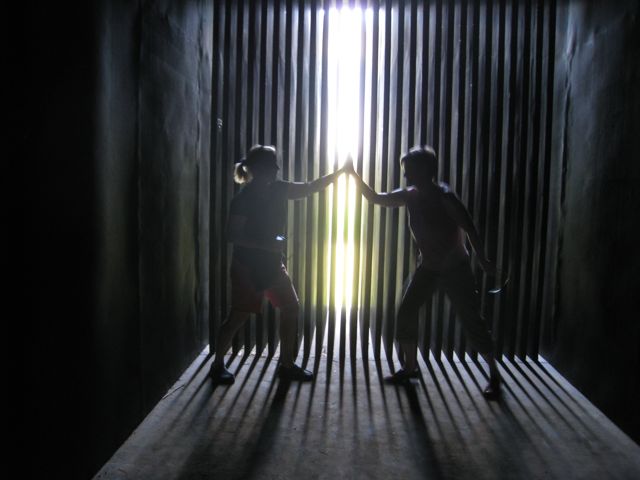
1 comment:
Wonderful values from the light source, fairly strong and yet not stark. The smaller stalk reflects those values instead of hiding behind the larger one. That's very nice. The texture on the flowers bounces nicely off the plain background and its color is a perfect foil for the flowers and stems. I am intrigued by degrees of abstraction, this is an excellent example of how to go about it, but I agree the texture is needed as well. Thank you for a breath of spring!
Post a Comment